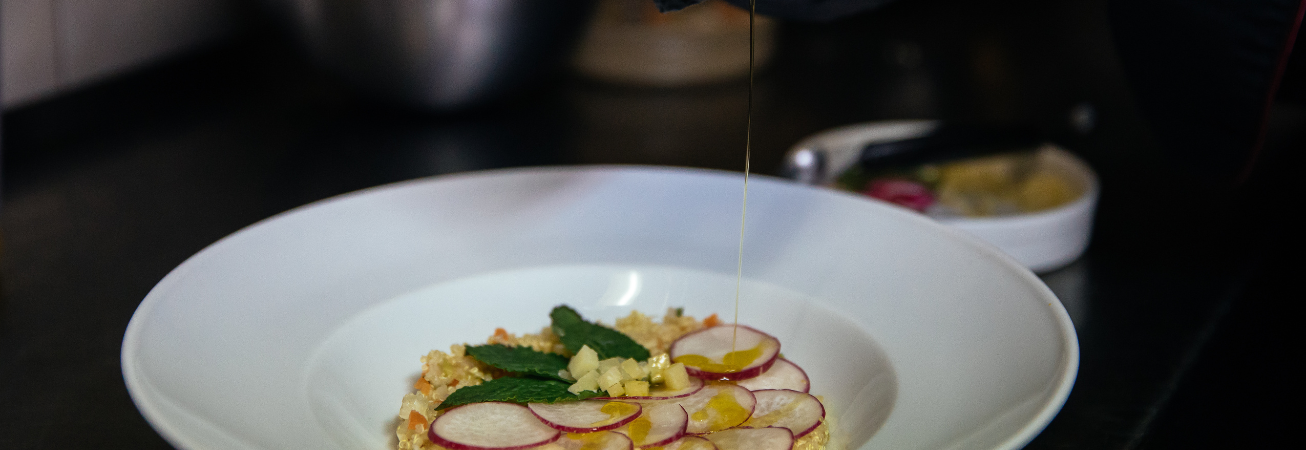Introduction
As diners become more conscious of what’s on their plate, Germany’s culinary landscape is shifting toward transparency, sustainability, and local sourcing. The farm-to-table movement—once a niche idea—is now a powerful trend across German cities and countryside alike.
Restaurants are proudly displaying the names of local farms on their menus, collaborating with producers for seasonal ingredients, and redefining “fresh” as something grown just a few kilometers away. This isn’t just about taste—it’s a movement driven by trust, health, ethics, and environmental responsibility.
What Does Farm-to-Table Mean in the German Context?
In Germany, farm-to-table (or vom Hof auf den Tisch) goes beyond buying local—it involves direct relationships between restaurants and farmers, transparency in supply chains, and a commitment to organic, seasonal, and often biodynamic agriculture.
Unlike in industrial food systems, ingredients are:
- Harvested just before preparation
- Transported shorter distances
- Often organic or grown without chemicals
- Adjusted weekly or monthly based on availability
This model ensures optimal freshness, supports regional economies, and reduces the carbon footprint of food consumption.
Key Regions Leading the Farm-to-Table Movement
Bavaria & Baden-Württemberg
Known for fertile soil and strong agricultural traditions, these southern states are home to hundreds of bio-certified farms. Cities like Munich, Stuttgart, and even smaller towns now feature restaurants that build their entire concept around local producers.
Popular farm-to-table spots include:
- Broeding (Munich) – known for its no-menu concept using only daily local harvests.
- Speisemeisterei (Stuttgart) – Michelin-starred and heavily reliant on regional farms.
Berlin’s Urban Farms and Ethical Kitchens
In Berlin, the farm-to-table movement has taken a creative twist with urban agriculture. Rooftop gardens, hydroponic systems, and community-supported farms (CSAs) provide fresh greens to innovative eateries.
Examples:
- Kopps – a vegan restaurant using Berlin-grown microgreens.
- Nobelhart & Schmutzig – focused on hyper-local ingredients, often from within 100 km.
Why Diners Are Choosing Farm-to-Table
Modern consumers, especially millennials and Gen Z, care about where food comes from and how it’s produced. A meal isn’t just about flavor—it’s about story, values, and environmental impact.
Reasons why farm-to-table is growing in popularity:
- Trust in ingredient quality (no hidden additives)
- Better taste due to seasonal ripeness
- Supporting small farmers and ethical producers
- Reduced plastic and packaging waste
- Greater connection between food and place
For many, dining at a farm-to-table restaurant is a political and environmental choice as much as a culinary one.
Challenges and Opportunities for Restaurants
While farm-to-table sounds ideal, it comes with its own challenges:
- Limited ingredient availability (especially in winter)
- Price fluctuations and higher costs
- Need for flexible, changing menus
- Dependence on strong relationships with farmers
However, for those willing to adapt, the long-term payoff is worth it. Diners reward transparency and sustainability with loyalty—and positive word-of-mouth spreads fast.
Many German restaurants are even turning these challenges into strengths by:
- Offering “chef’s choice” menus based on the day’s harvest
- Hosting farm tours or open kitchen events
- Sharing stories about their producers on social media
Conclusion
Farm-to-table is no longer a buzzword in Germany—it’s a shift in mindset. From urban eateries in Berlin to traditional inns in the Black Forest, German restaurateurs and farmers are forging a new path that honors food’s origin, environmental balance, and real human connection.
In a world of fast food and supply chains, this movement brings diners back to something honest: seasonal, local, real food—served with a story.





